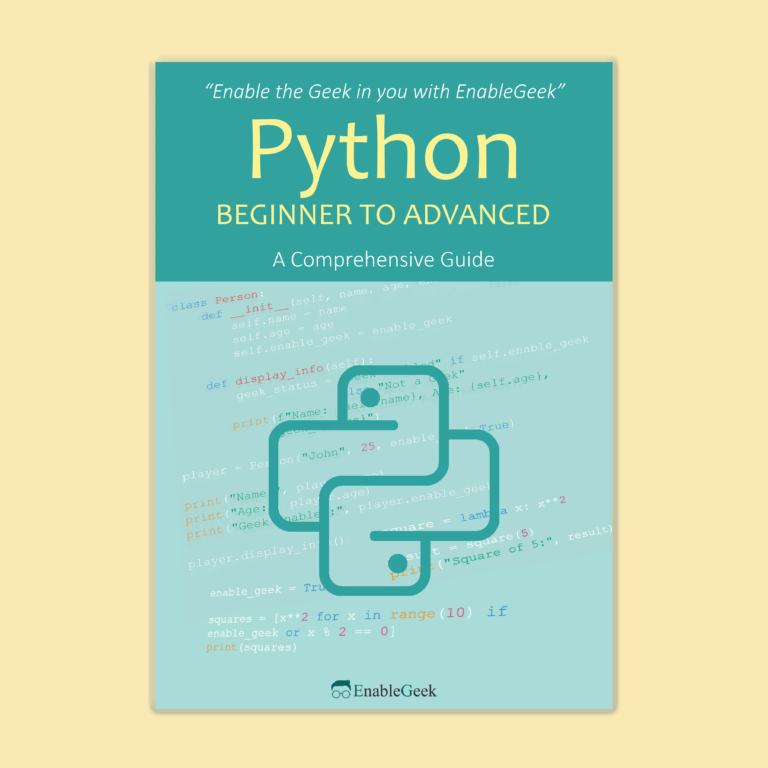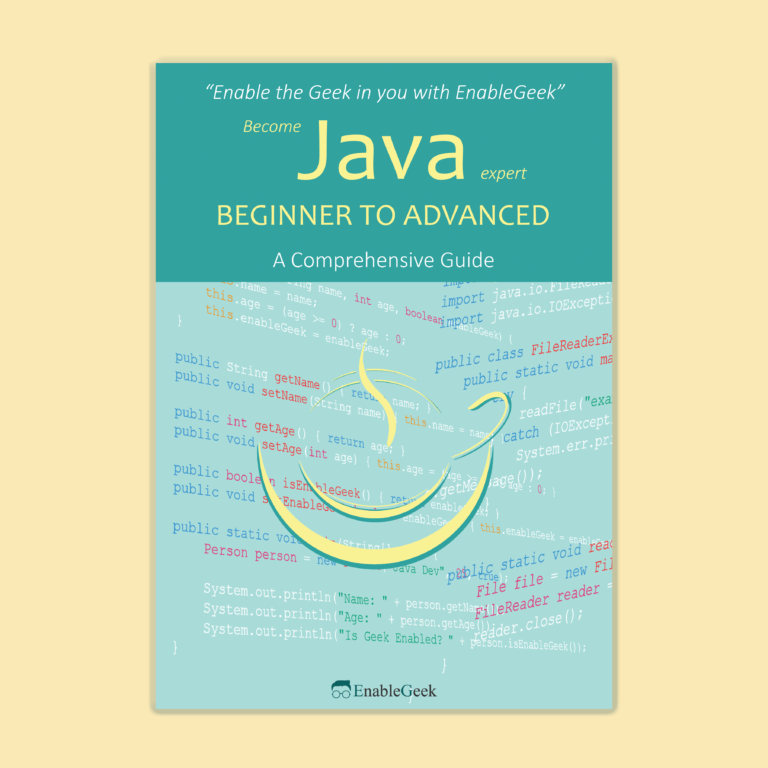- Home
- /
- Programming
- /
- Python
- /
- Page 11
Tutorial Category: Python
Python is a high-level, interpreted programming language that is used for a wide range of applications, from desktop applications to web development, data analysis, and machine learning. It was created in the late 1980s by Guido van Rossum and has since become one of the most popular programming languages in the world.
Some of the key features of Python include:
Easy to learn and use: Python has a clean and simple syntax that is easy to read and write, making it an ideal language for beginners.
Interpreted: Python code is executed line by line by an interpreter, which makes it easy to test and debug.
Dynamically typed: Python is a dynamically typed language, which means that variable types are determined at runtime.
Object-oriented: Python is a fully object-oriented language, which means that everything in Python is an object.
Portable: Python code can be run on any platform that has a Python interpreter installed, including Windows, macOS, and Linux.
Python is used extensively in web development, scientific computing, data analysis, artificial intelligence, and machine learning. It is also commonly used for scripting and automation tasks, such as system administration and web scraping. Some popular frameworks and libraries for Python include Django, Flask, NumPy, pandas, and TensorFlow.
Python Advanced: What is the Garbage Collection in Python Programming
Convert Integer to String in Python
Python Check if Variable Exist
Python Regular Expression Flags
Install Python on a Raspberry Pi: Step-by-Step Guide
Voltage Control with Sparkfun in Python
SCPI- Standard Commands for Programmable Instruments
Effective Data Handling with Python Arrays
Reading and Plotting VIIRS Imagery with Python
Iterators in Python

Check Our Ebook for This Online Course


Advanced topics are covered in this ebook with many examples.
